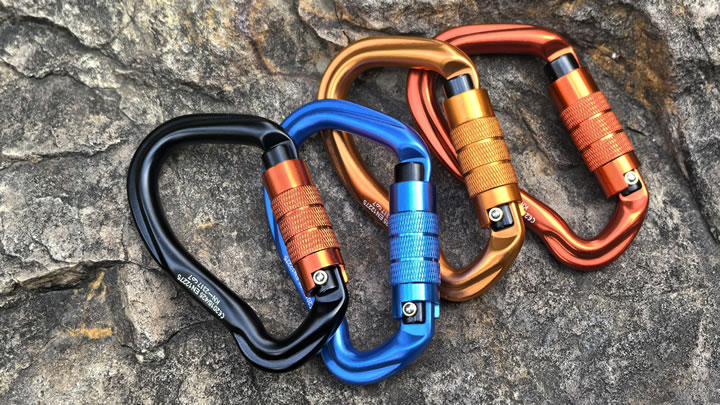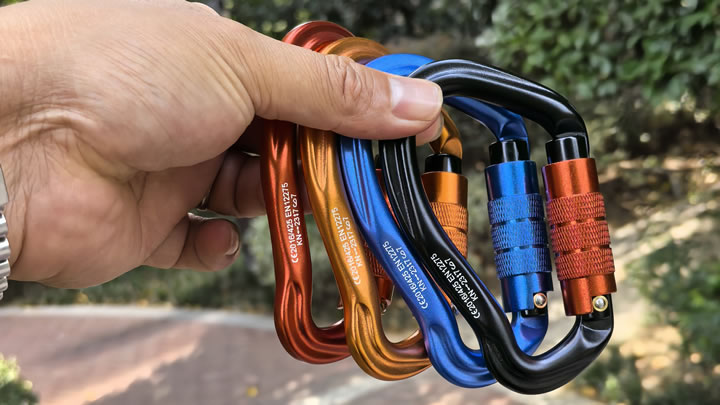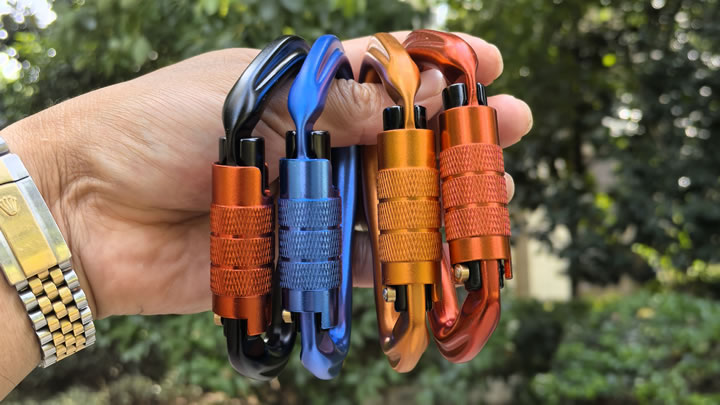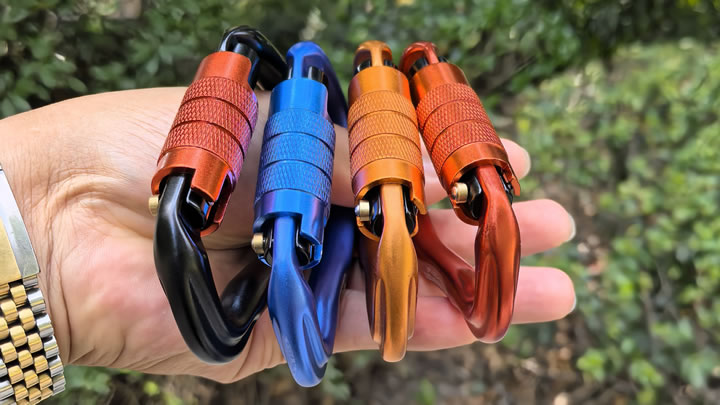Essential survival gear for day hikes?
Think day hikes don't require serious survival gear? Think again. Unexpected weather, minor injuries, getting turned around, or delays can turn a pleasant few hours into a serious situation. Being prepared isn't about paranoia; it's about smart, responsible enjoyment of the outdoors. Here’s your essential survival gear checklist for any day hike, designed to keep you safe and handle common emergencies:

- Hydration is Non-Negotiable:Water: Carry more than you think you need (minimum 2 liters, often 3+ in heat/effort). Dehydration impairs judgment and energy rapidly.Water Purification: A lightweight backup (purification tablets, a small filter, or a UV pen) allows you to safely use natural sources if your supply runs low or your hike extends unexpectedly. Don't rely solely on finding "clean" water.
- Navigation: Your Lifeline Back:Map (Physical): A detailed topographic map of the area, always. Electronics fail.Compass (and Know How to Use It): Works without batteries or signal. Essential for orienting your map and finding direction if lost.GPS Device/Smartphone (with Offline Maps & Backup Power): A fantastic tool, but a supplement, not a replacement for map & compass. Download offline maps (Gaia GPS, AllTrails, etc.) and carry a fully charged power bank. Keep your phone in airplane mode to conserve battery.
- Insulation: Beat the Elements:Extra Clothing Layer: Weather changes fast, especially at elevation. Always pack an insulating layer (fleece, puffy jacket) and a windproof/waterproof rain jacket and pants. Hypothermia can occur even in mild temperatures if wet and windy.
- Illumination: Don't Get Caught in the Dark:Headlamp (Preferred) or Flashlight: With extra batteries. Even if you plan to finish hours before dusk, a sprained ankle can slow you down immensely. Hands-free light is crucial for managing emergencies or hiking out after dark.
- First-Aid Kit: Handle the Mishaps:A Well-Stocked Kit: Tailored for hiking. Must include: blister care (moleskin, tape), bandages (various sizes), gauze pads, antiseptic wipes, tweezers, pain relievers, antihistamines, personal medications. Know basic first aid.
- Fire Starting: Warmth & Signaling:Waterproof Matches/Lighter: Stored in a waterproof container.Fire Starter: Stormproof matches, ferro rod, or commercial fire starter (cotton balls soaked in petroleum jelly work). Provides crucial warmth if stranded and a signal for rescuers. Only use where permitted and safe!
- Nutrition: Fuel for the Unexpected:Extra High-Energy Food: Pack 200-500 extra calories beyond your planned snacks. Think calorie-dense, non-perishable items: energy bars, nuts, trail mix, jerky. Provides energy if you're delayed, lost, or just bonking.
- Sun Protection: More Than Comfort:Sunglasses (UV Protection): Essential for eye health and preventing snow blindness (yes, even without snow!).Sun-Protective Hat: Wide-brimmed for best coverage.Sunscreen (SPF 30+): Reapply regularly. Sunburn drains energy and increases dehydration risk.
- Emergency Shelter: Your Critical Backup:Lightweight Emergency Bivy Sack or Space Blanket: This is often the most overlooked but potentially life-saving item for day hikers. If injured or unable to move, it provides critical protection from wind, rain, and cold, drastically slowing heat loss. Compact and weighs mere ounces.
- Tools & Repair:Knife or Multi-tool: For gear repair, preparing tinder, first aid, or countless other tasks.Duct Tape: Wrap some around a water bottle or trekking pole. Fixes gear, blisters, splints, and more.Whistle: Carries much further than your voice for signaling. Attach it to your pack strap.
Beyond the List: The Essential Mindset
- Tell Someone: Always inform a reliable person of your exact route, trailhead, and expected return time. This is your single biggest safety net.
- Check Conditions: Research weather forecasts and trail conditions right before you leave.
- Know Your Limits: Choose hikes appropriate for your fitness and experience.
- Pack It In, Pack It Out: Leave no trace.
Why "Survival Gear" for Just a Few Hours?
Accidents rarely announce themselves. A simple slip, a missed turn, sudden fog, or helping another injured hiker can extend your time on the trail significantly. This core kit addresses the fundamental needs: staying found, staying warm, staying hydrated, staying fed, addressing injuries, and signaling for help. It weighs very little but provides immense peace of mind and genuine safety.






